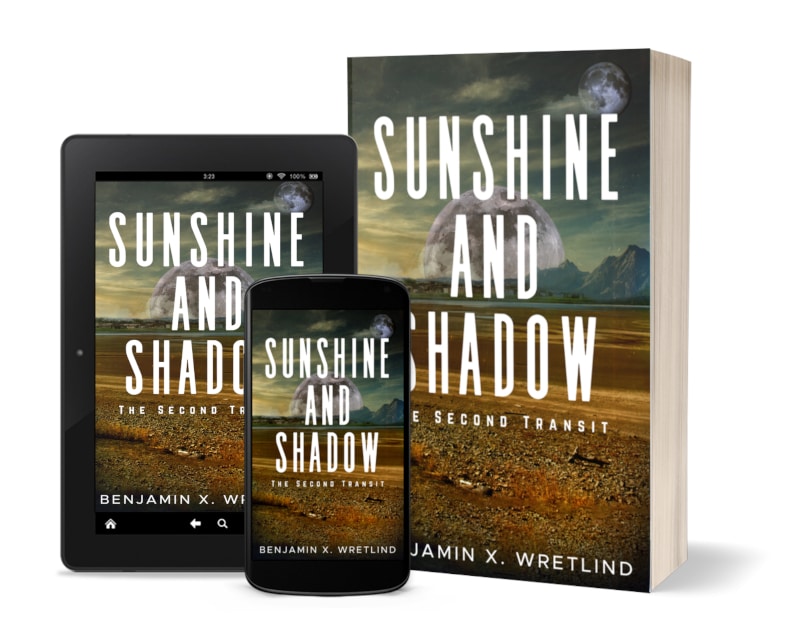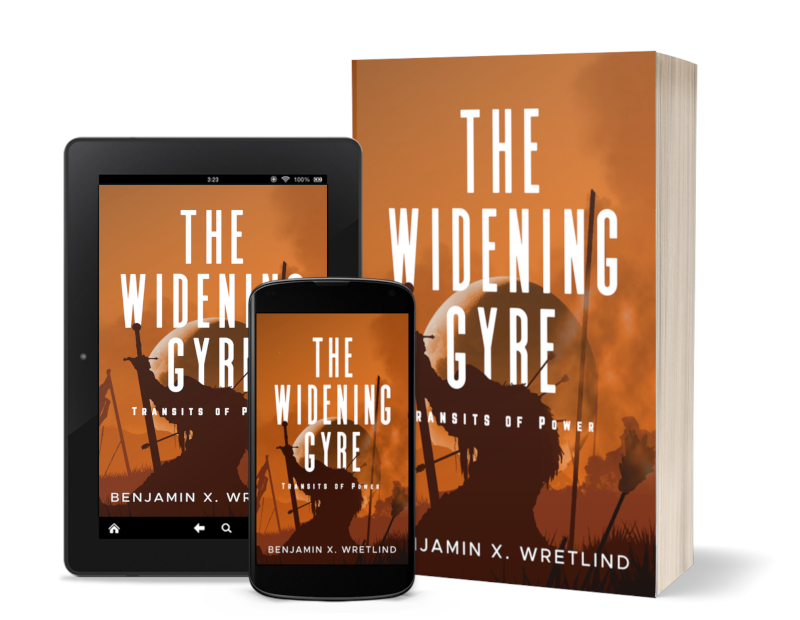On Temperature & Emotion

When the temperature is high, my emotions are high. When the temperature is low, my emotions are low.
Is this normal? And how do we show the connection between temperature and emotion in our stories?
On June 22, 1990, when I was living in Phoenix and shortly before joining the military, I mowed the lawn. It wasn’t anything special. I went outside, plugged in the 1970s orange lawnmower my dad wouldn’t replace, and went to town on the 0.076 acres that made up the little patch of grass in the backyard. When I was done, I put the lawnmower away, poured myself a glass of sun tea (unsweetened, like a heathen) and then proceeded to do whatever it was an 18-year-old boy with nothing but time on his hands would do when he was between jobs.
No, not that, but probably nothing of importance.
I didn’t think there was anything special about that day, until I was plopped in front of my parents’ massive 23-inch television set later that evening. Apparently, the temperature at Sky Harbor International Airport had reached 122°F and set a new all-time record (it has since been broken).
That’s pretty hot when you think about it. Most people would equate that heat to “sticking your head in the oven” hot. As I write this, it’s 41°F outside, and if my math is correct (I was never good at it), that summer day when I mowed the lawn was 81° hotter than it is right now.
Did I flinch? No. Was I uncomfortable? Maybe, but that’s what shorts and Bruce Springsteen muscle shirts are for. Did I think there was anything different about the day? Nope, especially when the days before had been between 115° and 120°F. What’s 2° more?
Conversely, when I was stationed in Alaska in 1992 observing the weather in a town named after a fish, I went outside to smoke a cigarette (shame on me). When the air gets really cold, I’ve noticed a few things: 1) nose hairs can ice over; 2) a deep breath in at a sickeningly low temperature can produce a cough as moisture in the mouth freezes; and 3) cigarettes smoked through a rabbit fur lined parka can ironically prevent any of the other two things from happening. They can also catch that rabbit fur on fire, but I digress.
The temperature that day had dropped to -34°F. That was the coldest temperature I had ever been in, but it was nowhere near the coldest recorded temperature on Earth. That happens to be -128.6°F, which occurred on July 7, 1983 in Vostok, Antarctica. If I do my math correctly again, that would be 250.6°F colder than the day I mowed the lawn in Phoenix.
So how did I feel?
To tell you the truth, I was ecstatic. For a boy from Phoenix, getting to be in a place that was that cold was something I never would have imagined when I mowed that lawn.
What does this have to do with writing?
In my experiment on weather and emotions which I ran earlier this year, I tried to include pictures of temperature. There was a problem, though. What picture shows cold (and not ice or snow)? What picture shows hot (without people)?
The one that I picked for heat may have unintentionally led people to respond in the wrong way.
The results from that experiment showed that my picture of heat produced more “sad” or “fear” responses than anything else. If this was true, my hypothesis was ruined as I had predicted that images of heat would stir up emotions of anger, rage, or even annoyance. I mean, when I think of heat, I get annoyed these days.
Typically in writing, authors don’t add temperature into the story. They may thrown in snow or rain or thunderstorms or tornados, but describing a hot day is not as effective for eliciting a response in a reader as, say, describing the drum of hail on the roof of a moving car.
You can show the temperature is cold, of course. Or hot, for that matter. Describing a white field and the crunch of a horse’s hooves as it plods through deep snow tells the reader that it’s cold. So, too, would describing the profuse perspiration of a man walking down the street, scant clouds in the sky and an overhead sun.
(On that note: if your character is in a desert, it is rare for them to sweat “profusely.” In dry climates, sweat evaporates from the surface of the skin, thus naturally cooling it. In wet climates, however, the air is already saturated with moisture so sweat just stays where it’s not wanted.)
So, what is the connection between temperature and emotion that we can use in our writing?
I believe–and this is all conjecture because my experiment was flawed when it came to this area–the emotions drummed up by your characters would also be the emotions that you feel when you are in that situation.
For example, I was perfectly calm in 122°F in Phoenix that day, more annoyed that I had to mow the lawn than at the heat. But now, if I were to write a story where my characters were placed in such an environment, I would probably do so to show annoyance or anger. Conversely, when the temperature drops below 0°F, I experience more sadness. So, too, would my characters.
Learn more in Creating Atmosphere with Atmosphere: How to Use Weather as a Literary Device



















